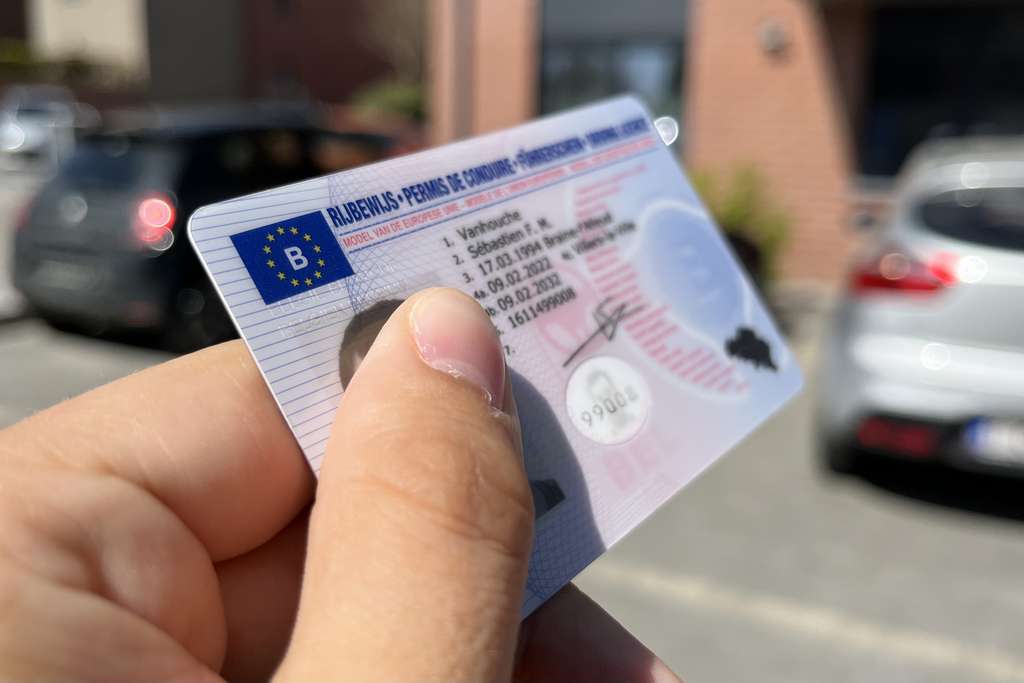
Customized t-shirts have long transcended their humble origins as basic wardrobe essentials. Today, they serve as a powerful vehicle for personal expression, creativity, and even business branding. Whether you’re designing your own unique shirt for a special occasion, creating a personalized marketing tool for your business, or showcasing your individuality, customized tees have become much more than just casual attire—they’re a symbol of identity, culture, and the power of creativity.
In this article, we’ll dive into how customized tees have evolved from simple garments into significant cultural and business assets. We'll explore the driving factors behind their popularity and why they’re likely to continue their reign in the world of fashion and beyond.
1. A Blank Canvas for Creativity
One of the most appealing aspects of customized tees is the sheer amount of creative freedom they offer. In a world where personal expression is more valued than ever before, these tees provide a unique opportunity to turn a simple piece of clothing into a canvas that reflects who you are, what you stand for, or what you love.
Whether it’s adding a graphic design, a funny quote, or a photo, customizing a t-shirt is an art form in itself. The flexibility of choosing colors, fonts, and materials allows anyone to create something truly one-of-a-kind. This level of personalization is why so many people now see their t-shirts as a form of wearable art—allowing them to represent their style, beliefs, and even their mood, all with a single garment.
2. The Rise of Personal Branding
Customized tees have gained immense popularity in the world of personal branding. In today’s digital age, where people are constantly looking for ways to stand out on social media, creating your own customized t-shirt is a smart way to make a statement and enhance your brand. Whether you’re an influencer, a small business owner, or just someone who wants to showcase your unique personality, personalized t-shirts have become a key part of personal branding.
For businesses, custom tees serve as a cost-effective marketing tool that helps spread awareness. By creating a design that embodies your brand’s identity, you turn every customer who wears your shirt into an ambassador. This type of organic, grassroots marketing is incredibly valuable, as it encourages people to connect with your brand on a deeper level and engage in word-of-mouth promotion.
3. Custom Tees for Social and Political Movements
Over the years, customized tees have been used as powerful tools for social change and political activism. T-shirts bearing messages of resistance, solidarity, and empowerment have become iconic symbols in movements that seek to challenge the status quo and advocate for a better future.
From the civil rights movement to more recent causes like climate change, gender equality, and racial justice, custom t-shirts have played a role in spreading messages of unity and activism. A simple shirt can communicate powerful ideas and amplify voices that may otherwise go unheard. For example, a slogan on a tee can spark conversations, raise awareness, or even inspire others to take action.
The ability to wear a custom message proudly is an effective way to engage with like-minded individuals and draw attention to important social issues. The graphic nature of t-shirts makes them perfect for carrying bold, powerful statements that leave a lasting impression.
4. Customized Tees for Group Identity
There’s a unique sense of community that comes from wearing customized tees with a group. Whether it’s a group of friends, a sports team, or a corporate office, custom shirts have a way of bringing people together by showcasing a shared identity or purpose. In the context of teams, groups, and organizations, custom tees can create a feeling of unity and solidarity.
Take, for instance, a company looking to boost morale and team spirit during a retreat. Customized tees with a company logo and an inspirational slogan can unite employees, fostering a sense of camaraderie. Similarly, when friends or families design matching t-shirts for a reunion, the shirts symbolize the collective bond they share. These shirts become more than just clothing; they become symbols of memory, shared experiences, and personal connections.
5. The Eco-Friendly Shift in Custom Apparel
As consumers become increasingly eco-conscious, there’s a growing trend toward sustainable and ethically made custom t-shirts. Today’s buyers are more aware of the environmental impact of fast fashion and are turning toward eco-friendly options for their personalized clothing.
Eco-friendly materials, such as organic cotton, hemp, and recycled fabrics, are becoming more common for custom tees, allowing individuals to design personalized shirts without contributing to environmental harm. Additionally, the rise of companies that utilize sustainable production processes—such as water-based inks, organic dyes, and energy-efficient printing methods—makes it easier to customize t-shirts in a responsible way.
For consumers, choosing eco-friendly custom tees is not only a chance to express individuality but also a way to make a positive impact on the planet. As more people seek sustainable fashion choices, the demand for customized tees made from ethical and eco-conscious materials will likely continue to rise.
6. A Customized Tee for Every Occasion
Customized tees have evolved to fit just about every occasion. Gone are the days when a custom shirt was simply for casual wear. Now, people wear customized tees to everything from high-profile events to weddings, corporate gatherings, and even formal affairs.
Bridal parties have embraced the idea of wearing personalized shirts for pre-wedding events such as bridal showers, bachelorette parties, and rehearsal dinners. For example, matching custom tees featuring witty phrases like "Bride Tribe" or "Team Groom" have become popular choices for wedding parties. This trend highlights how customization can add a personal touch to a special occasion.
In the business world, companies are using customized tees for corporate events, conferences, and giveaways. By creating personalized designs that align with the event’s theme or company branding, businesses not only make their employees feel connected but also create memorable experiences for attendees.
7. Affordable and Accessible Customization
One of the reasons why custom tees have surged in popularity is their affordability. Compared to other types of personalized items, t-shirts offer a relatively inexpensive way to showcase creativity, whether it’s for individual or business purposes. Custom t-shirt printing platforms, such as Teespring, Custom Ink, and Printful, have made it easier than ever to design and order shirts without breaking the bank.
These platforms offer user-friendly design tools that allow you to upload artwork, add text, and create the perfect shirt, often with no minimum order requirements. For businesses, these platforms also provide bulk order options at discounted rates, making it cost-effective for promotional giveaways and employee uniforms. The ease and affordability of customizing t-shirts have helped fuel their widespread use in both personal and professional contexts.
8. A Lasting Trend in Fashion
Although fashion trends come and go, customized tees have proven to be a timeless and versatile wardrobe staple. They can be dressed up or down, making them suitable for nearly every occasion. From pairing a custom tee with jeans for a casual outing to dressing it up with a jacket or blazer for a more polished look, custom t-shirts are adaptable and evergreen.
Their enduring appeal lies in their simplicity, creativity, and ability to evolve with the times. As fashion continues to become more inclusive, comfortable, and personal, custom tees will likely remain an essential piece of the fashion puzzle. As people continue to crave unique pieces that reflect their individuality, soc tee 設計 t-shirts will stay at the forefront of fashion.
9. The Future of Customized Tees
As technology and consumer demand continue to evolve, the future of customized tees looks bright. Innovations in digital printing, fabric technology, and eco-friendly materials will continue to open new doors for custom apparel. Additionally, as virtual shopping and social media platforms become even more integrated, people will likely find new ways to express themselves through custom t-shirts, further driving their popularity.
The customization process itself will likely become even more seamless, with new tools and design options allowing people to create shirts in ways we haven’t even imagined yet. With advancements in artificial intelligence and 3D printing, we might even see customized tees tailored not just to style, but to body shape, size, and comfort preferences.
10. Conclusion: The Power of Custom Tees
Customized tees have transcended their role as basic garments and evolved into powerful tools of self-expression, creativity, branding, and activism. Whether you’re designing a tee for yourself, a business, or a social cause, personalized t-shirts allow you to make a statement and stand out from the crowd.
As fashion becomes more personalized, inclusive, and eco-conscious, custom tees will continue to serve as a versatile, affordable, and enduring piece of clothing that reflects individuality and fosters community. In the ever-changing world of fashion, customized tees have proven that they are here to stay.




